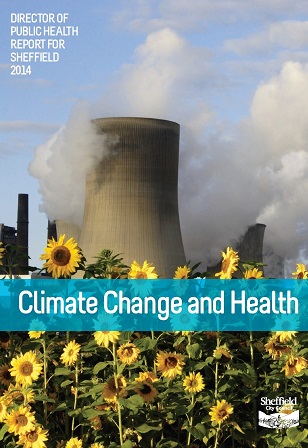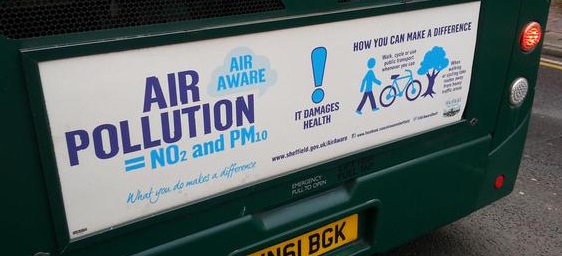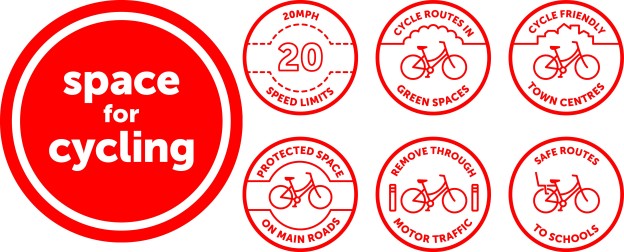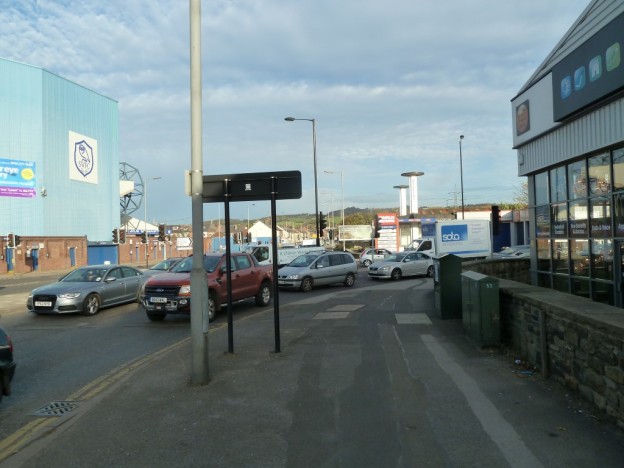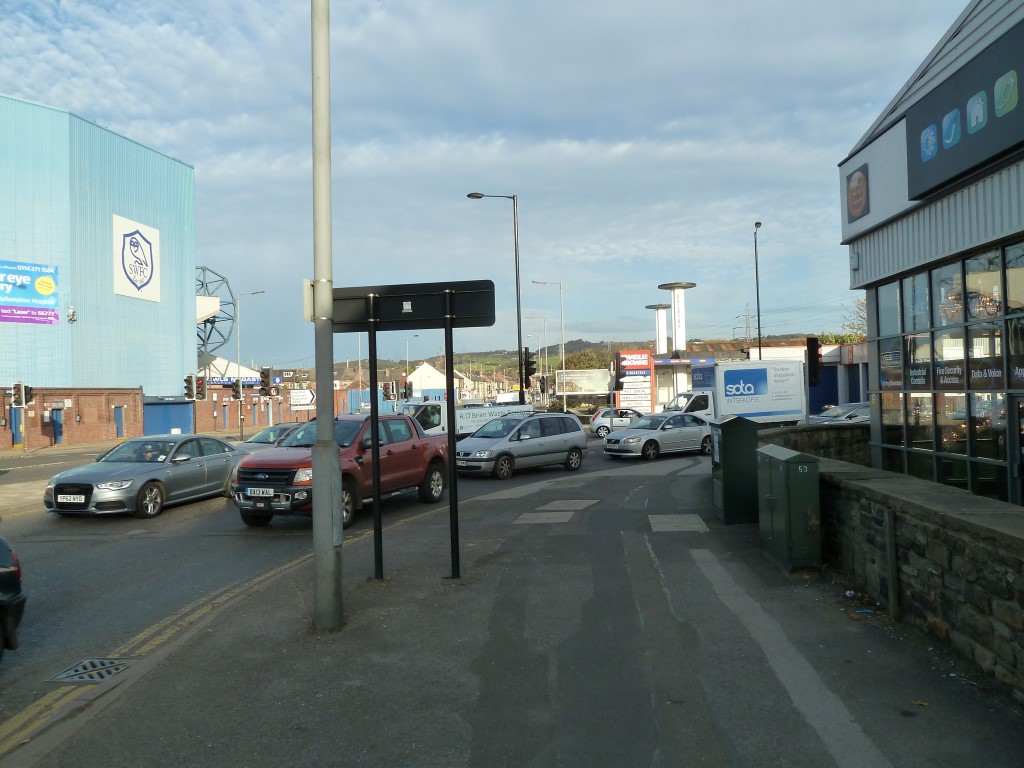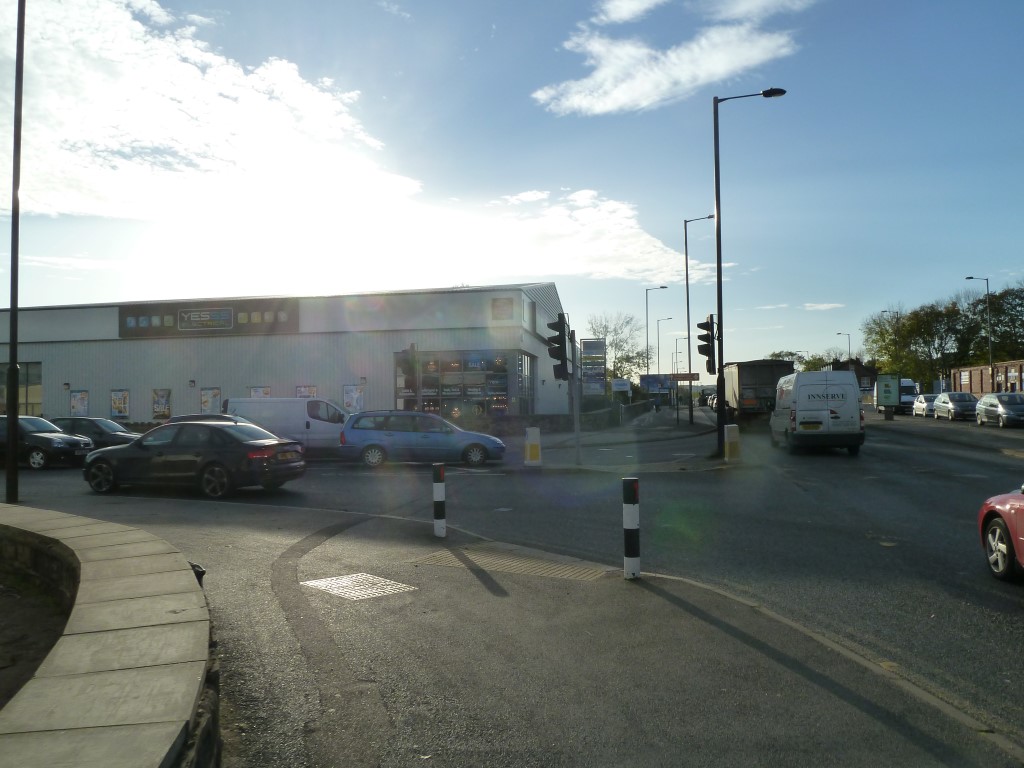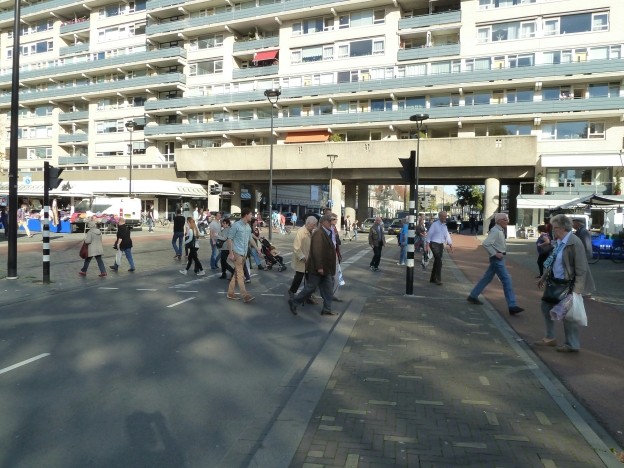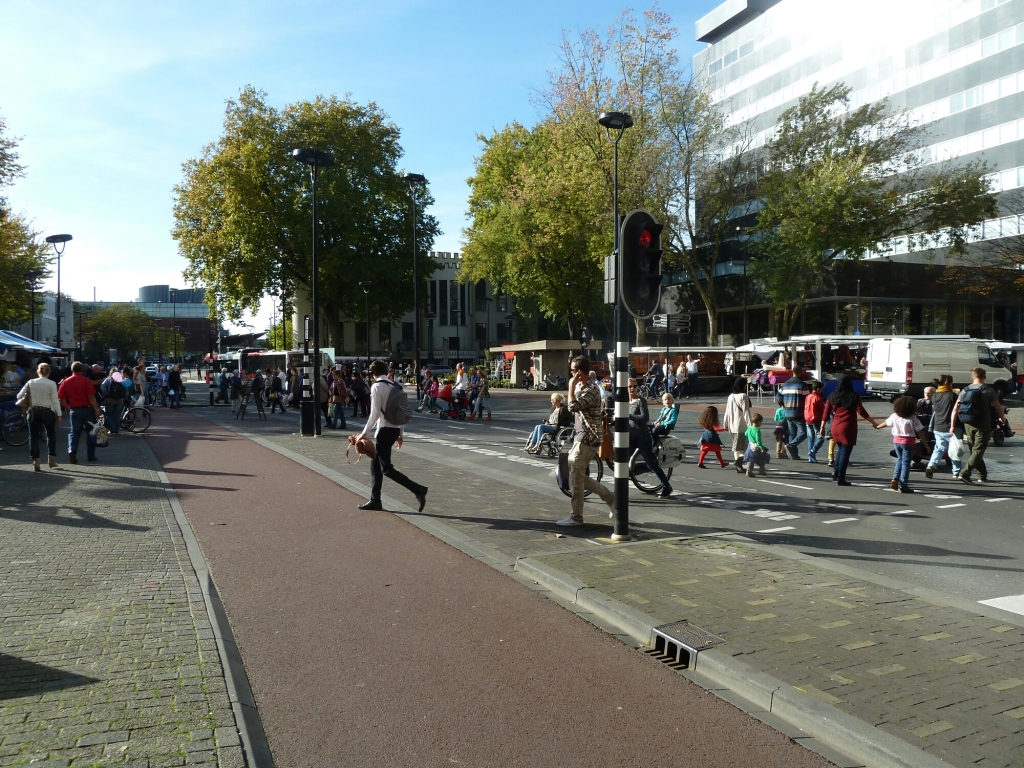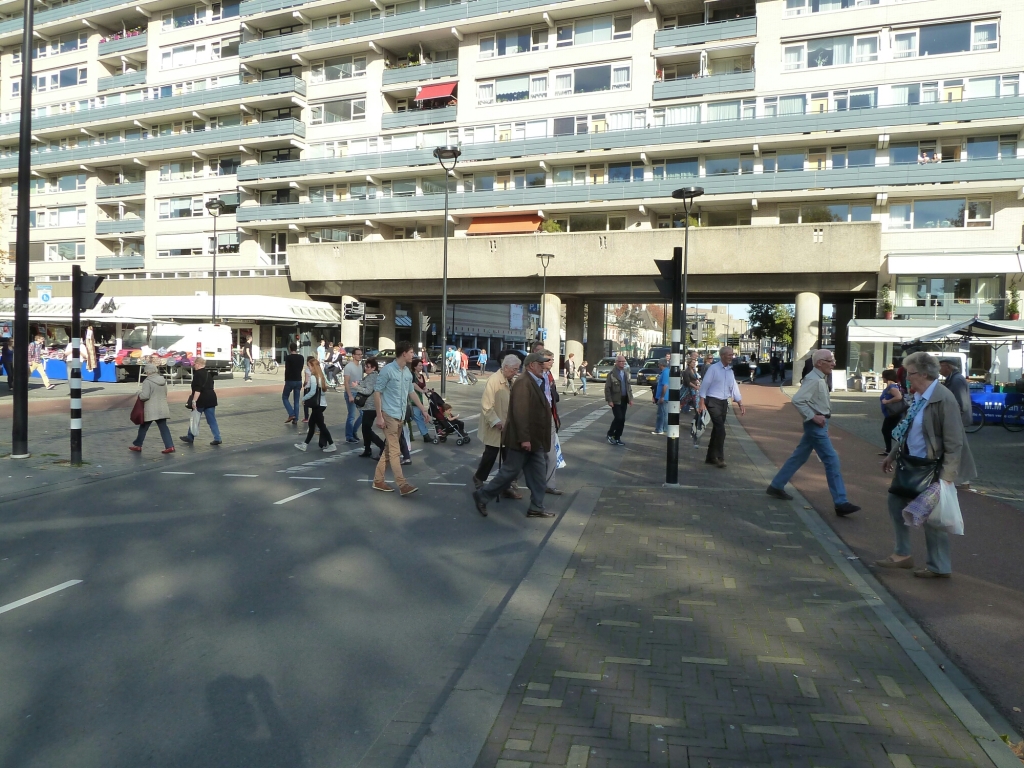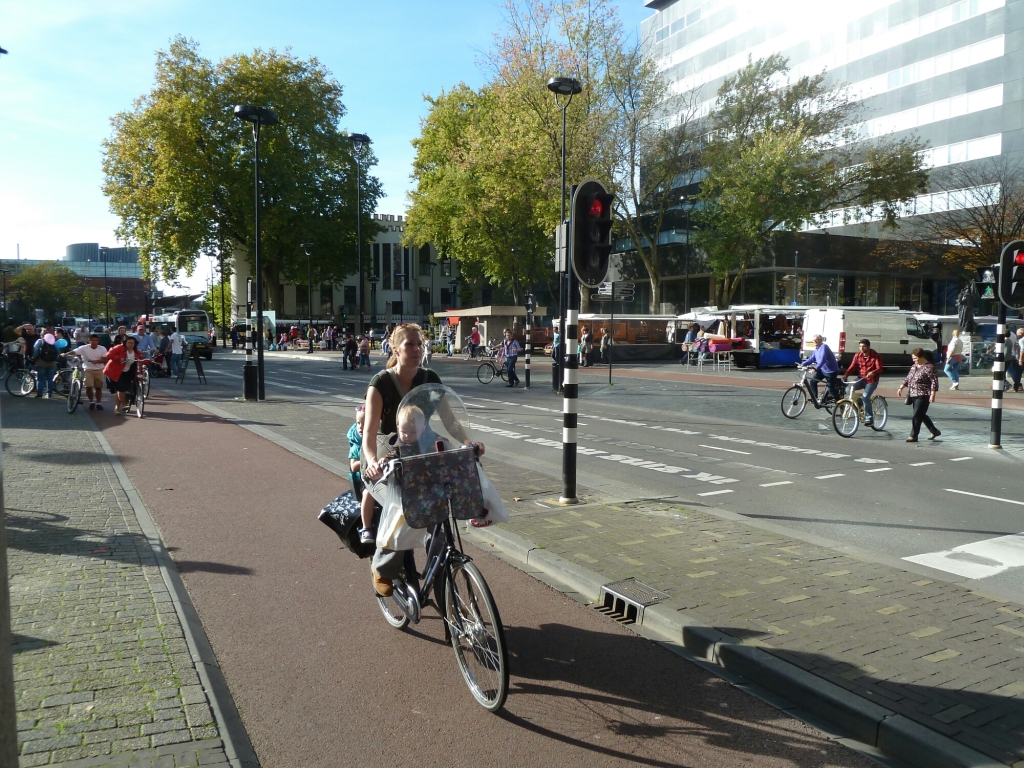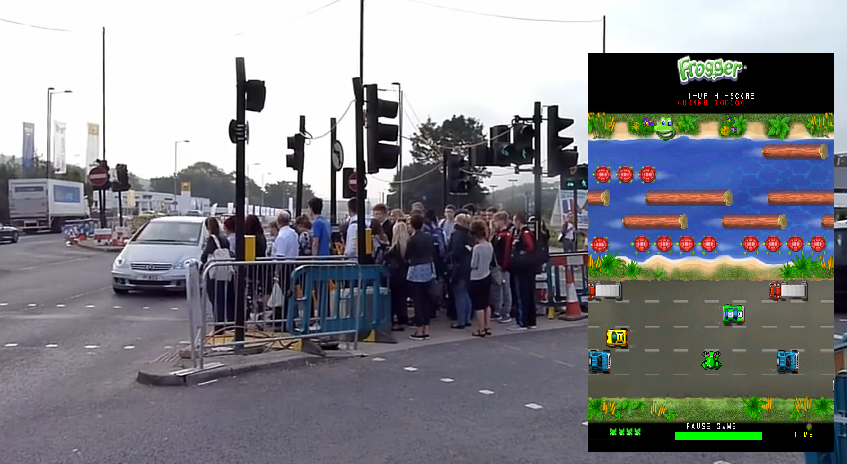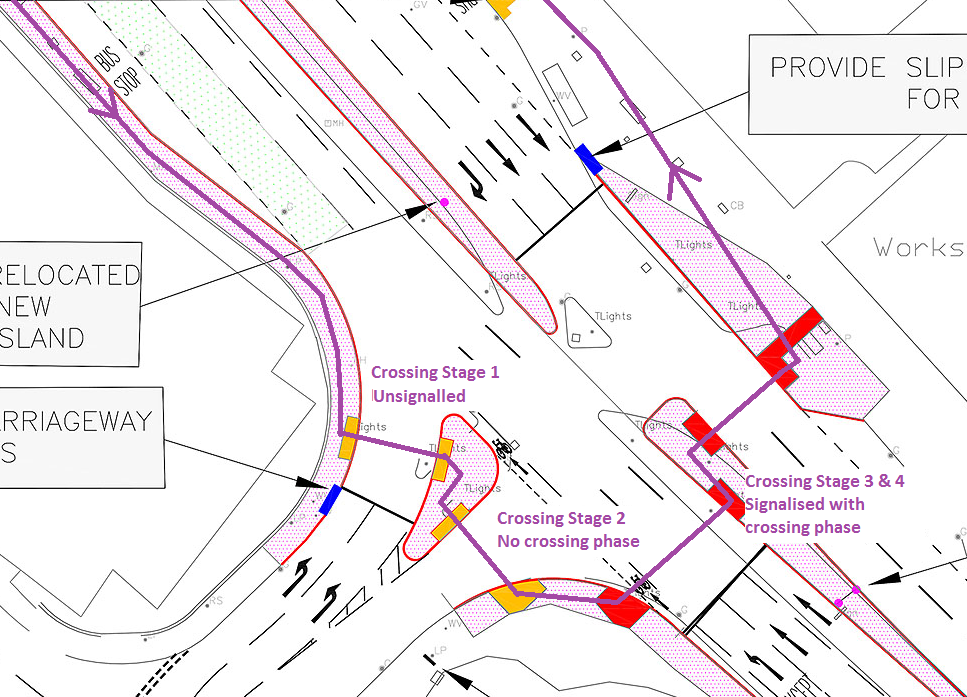 5th December Update: This motion was amended by Leigh Bramall, Cabinet Member for Business, Skills and Development and the amended version was subsequently passed. See below for updates
5th December Update: This motion was amended by Leigh Bramall, Cabinet Member for Business, Skills and Development and the amended version was subsequently passed. See below for updates
Councillor Sarah Jane Smalley, who supports the Space for Cycling campaign and joined the Space for Cycling ride in May, has put a motion to the Sheffield City Council meeting next week which covers in some detail the barriers to creating Space for Cycling in Sheffield and calling on councillors so support the Space for Cycling campaign.
Last week CTC revealed that Sheffield doesn’t have the level support in its councillors for Space for Cycling as any of the other core cities, it’s ranked at the bottom when looking at councillor support rates. This motion calls on Councillors in Sheffield to turn that around and sign up to the campaign.
The motion also shows that when the core cities are ranked by capital spending, Sheffield falls well short of many of the Core Cities, simply because we did not apply for the Cycle City Ambition Grant last year, we were the only core city to not submit a bid. These grants take funding to over £10/head/year for two years, in Sheffield we spend far less.
Sarah Jane attended the Sheffield Council Forum last week and asked some questions about the cycling inquiry, I didn’t think that the answers she got were very reassuring. The cycle champion, Tim Rippon wasn’t their either so couldn’t provide any reassurance.
This motion is detailed and covers succinctly some of the key barriers to making Sheffield a place where anyone can ride a bike; funding, political support, planning, attendance of meetings, DfT consultation, engineer training and design guidance.
What can you do to help? You can write to your councillor, tell them you think they should support Space for Cycling, and ask them to support the motion at next weeks meeting. It will only take 2 minutes. You can find out if your councillor has already signed up here.
That this Council:-
(a) affirms its commitment to Sheffield City Council’s Vision for Excellent Transport in Sheffield:We need to change the culture of how we use our roads, so that people are no longer afraid to cycle or allow their children to do so. Our streets, roads and local communities need to become places for people, where cycling and walking are safe and normal;
(b) regrets that only 11% of Sheffield City Councillors have signed up to support the Space for Cycling campaign, making Sheffield the lowest ranked of eight major English cities committing to space for cycling, as per the recent report from the national cycling charity CTC;
(c) notes that other core cities including Birmingham, Bristol, Leeds, Manchester and Newcastle, spend in excess of £10.00 per head on capital funding for cycling including Highways, as they were successful in winning Cycle City Ambition Grants, which Sheffield City Council decided not to bid for;
(d) regrets that Sheffield City Council spends only £1.89 per head on capital funding for cycling, including Highways, which is significantly lower than the £10.00 per head recommended by the All Party Parliamentary Cycling Group’s report;
(e) commits to responding positively to the Government’s Cycling Delivery Plan (expected early December) which invites local authorities to submit expressions of interest in partnering with the Government to deliver ambitious growth in cycle use;
(f) welcomes feedback from Cycle Sheffield, CTC and individuals heralding Sheffield City Council’s Cycle Inquiry as a good practice example of capturing evidence, input and expertise;
(g) is concerned that policy agreement is not turning into action, as demonstrated by slippage against the recommendations and delivery milestones agreed by the Cabinet in July 2014 relating to the Cycling Inquiry Report as follows:
(i) the Sheffield Cycle Group with Cycle Sheffield and in consultation with partners and the public, and/or a cross-departmental Council working group chaired by Transport Planning consulting with partners has not been established;
(ii) the drawing up of the revised Sheffield Cycle Action Plan, plan of the strategic cycling network and delivery plan by the groups in paragraph (g)(i) above was timetabled to take place Sept-Nov 2014 but haven’t been carried out, making ……
(iii) ….. consultation on the Cycling Action Plan and Delivery Plan and Consultation on Network Plan due in January 2015, with approval April – June 2015 unlikely, based on current performance;
(h) is further concerned that some recommendations from the report have not been carried out in earnest, or in full consultation with partners, organisations and others as per the report’s commitment, indicated by the following:
(i) the Cycling Champions have not regularly attended Cycle Forum meetings or established regular diarised meetings with partners such as Cycle Sheffield or CTC to ensure that the recommendations from the report are being progressed;
(ii) the Council did not seek input to any response to the DfT consultation on Traffic Signs Regulations and General Directions 2015 (TSGRD) despite commitment to helping to encourage and enable cycling through DfT regulation on allowing separate traffic lights for cycling;
(iii) whilst a Cycle Audit process has been developed and is being applied to all new highway schemes, it includes no scale or metrics and therefore carries negligible weight; this is despite recommendations at Cycle Forum for a more stringent procedure and existing good practice which has been developed and could be easily replicated, for example from the London Cycle Design Standards and/or Welsh Active Travel Bill Guidance;
(iv) Highways Engineers have not received any Continuous Professional Development/Workplace Development to ensure that they can bring the new Transport Vision into reality in relation to Cycle Design;
(i) therefore urges the Administration to establish the Sheffield Cycle Group as per its commitment;
(j) further urges the responsible Cabinet Member to ensure that progress against the Cycling Inquiry recommendations and Delivery Milestones is made publicly available on at least a bi-monthly basis, and which will include the communication of recommended actions and actions taken to remedy slippages;
(k) calls for Highways guidance to be amended to ensure that the Transport Vision in paragraph (a) above is considered and relevant action taken from a pre-planning stage;
(l) requests that all Highways Engineers receive Cycle Design Training, so that this is properly considered from a pre-planning stage; as an example, Sustrans offers such training, endorsed and certified by the Chartered Institution of Highways and Transportation;
(m) notes the publication of the document “Making Space for Cycling; A guide for new developments and street renewals”, published by Cyclenation and supported by Bike Hub, CTC, British Cycling, Cycling Embassy of Great Britain, London Cycling Campaign, CPRE and Cambridge Cycling Campaign, and commits to promoting its active use in Highways planning; and
(n) encourages Members to sign up to support the CTC Space for Cycling campaign, in addition to supporting this Motion.
5th December Update
The full council meeting took place a couple of days ago, Leigh Bramall, Cabinet Member for Business, Skills and Development proposed an amendment that deleted the entire motion and replaced it with some new text.
When I asked, “Does Sheffield Council have what it takes to create Space for Cycling?”, we now know that the answer is a firm no.
-
Amendment to be moved by Councillor Leigh Bramall, seconded by Councillor Cate McDonald
That the Motion now submitted be amended by the deletion of all the words after the words “That this Council” and the addition of the following words therefor:-
(a) confirms the present Administration’s commitment to significantly increasing the numbers of people cycling in Sheffield;
(b) notes the Get Britain Cycling report that put forward a series of recommendations to increase cycling provision in Britain;
(c) further notes that Sheffield was unique among the big cities in setting up an all-party Cycling Inquiry, working with Cycle Sheffield, to consider how the issues set out in the Get Britain Cycling report should be taken forward and implemented in Sheffield, and confirms that all 18 recommendations from the report were signed up to by the current Administration, with a full report due in summer 2015 to set a timetable and pathway as to how each recommendation will be implemented;
(d) notes that the Cycling Inquiry does not sit in isolation but instead builds upon actions already underway to boost cycling including:
A commitment – ahead of many other cities – to progressively roll out 20mph areas to cover the whole city;
- A continued commitment to the Cycle Boost scheme, which has now more than doubled the number of people cycling to work;
- Investment in new cycle routes across the city;
- Supporting the development of a new Cycle Hub at Sheffield train station and ongoing work to develop further hubs in the south of the city and at Meadowhall;
- Installation of new bike pumps for public use around the city centre; and
- Support for the Tour de France coming to the city; and
(e) given this record and commitment to an increased focus on cycling, therefore regrets that such a simplistic mechanism as the number of Councillors who have signed up to the Space for Cycling campaign has been used as a barometer for the city’s record on cycling.
“I’ve got to say- even I was startled by the degree to which car traffic is degrading ordinary people’s lives.”
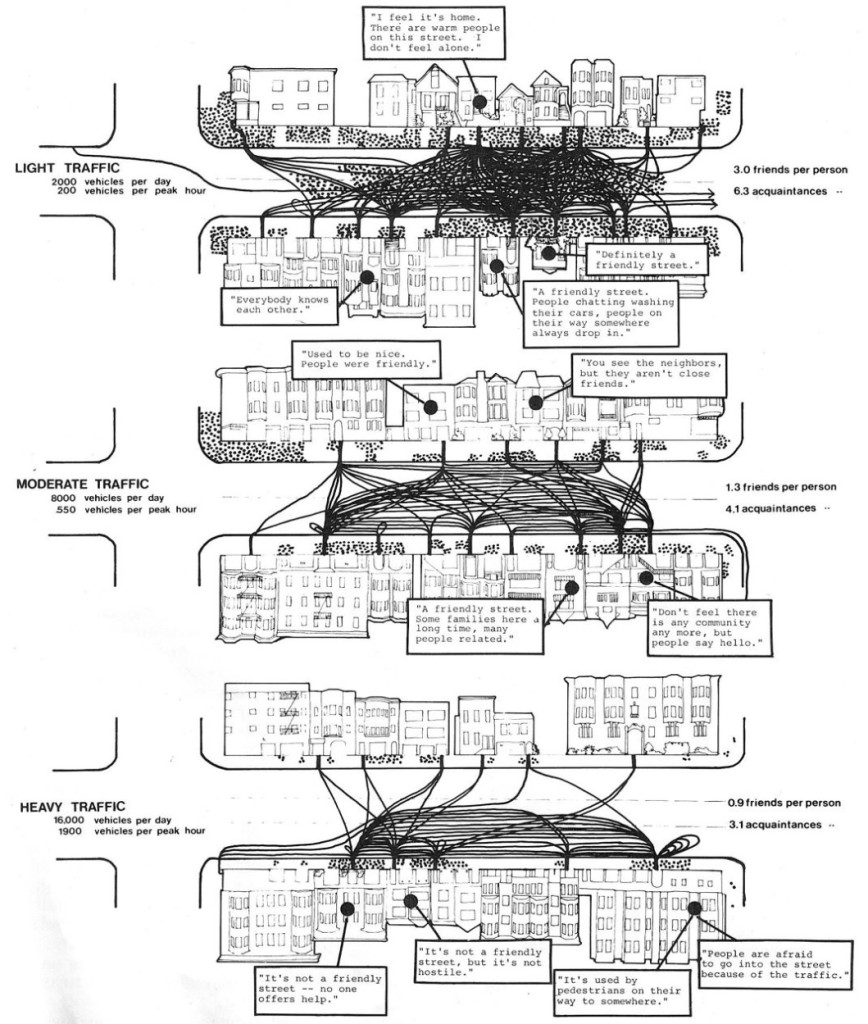
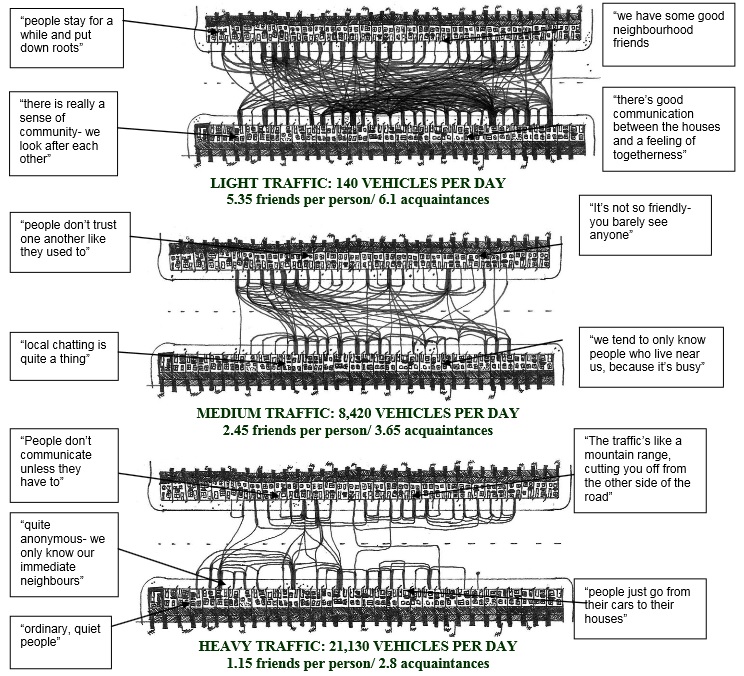
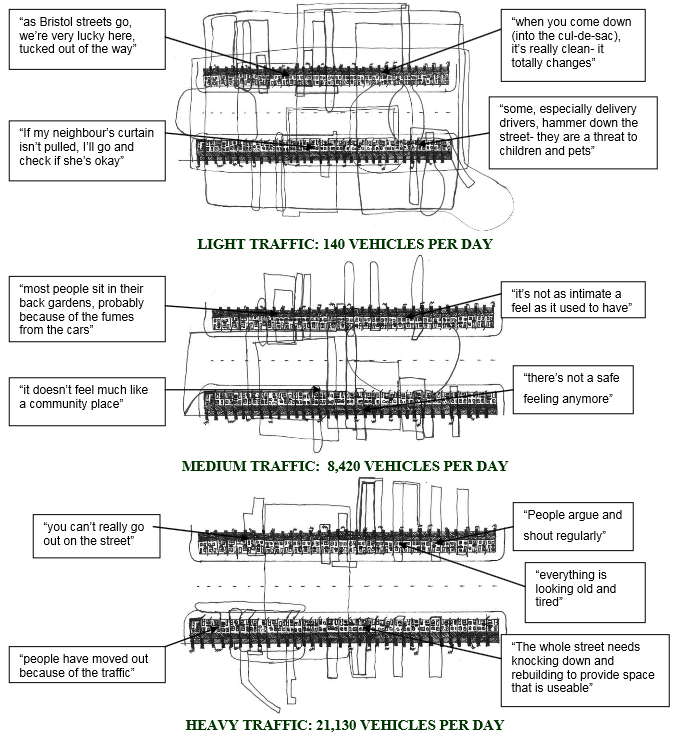 These two studies are linked below If you’d like to read them.
These two studies are linked below If you’d like to read them.






